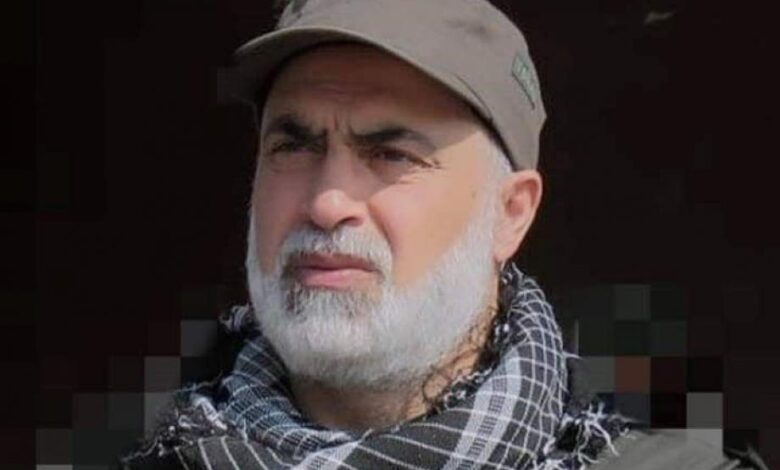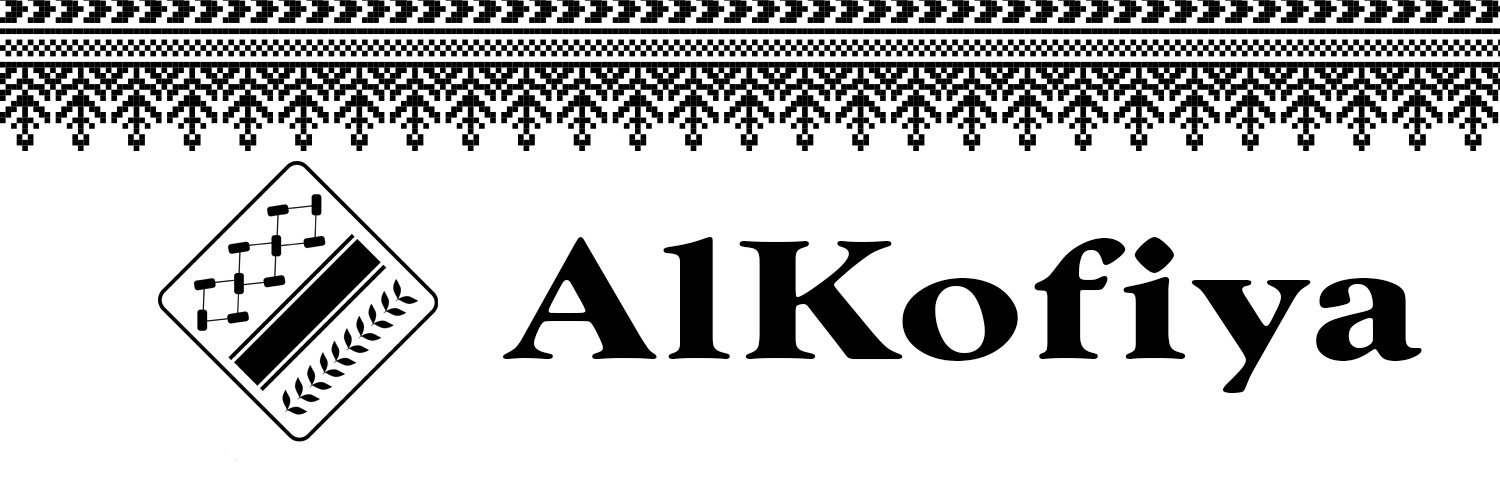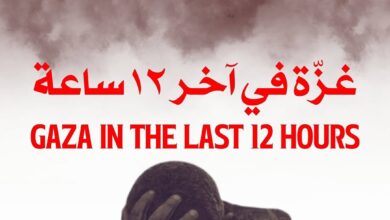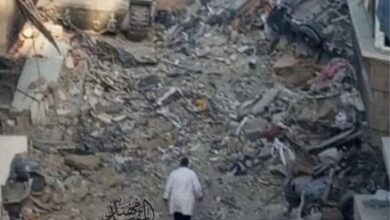
When you enter the outskirts of the Al-Shati refugee camp, west of Gaza City, you are well aware of the extent of sadness that dominates everyone there, after the assassination crime that was carried out by the Israeli occupation army, targeting the prominent leader of the Al-Quds Brigades, the military wing of the Islamic Jihad Movement, Iyad Al-Hassani.
Al-Hassani was martyred, along with his companion, Muhammad Abdel-Al, both of whom were from Al-Shati refugee camp, as a result of a direct targeting of a residential apartment in Al-Nasr neighborhood, last Friday evening, for this man to obtain martyrdom after many years he spent chasing the occupation.
Al-Hassani has been of great importance in the military work of the Al-Quds Brigades for decades, and he was responsible for carrying out sensitive tasks that made him on the list of the most wanted by the occupation.
Who is Hassani?
Al-Hasani, known as “Abi Anas”, was born in Al-Shati refugee camp, on March 1, 1971, where his family settled after being displaced from the village of Hamama in the occupied Palestinian interior during the Nakba of 1948, as his brother Saeed Al-Hasani reports to “Palestine”.
He completed his education diploma before joining the Islamic Jihad and Resistance Movement at an early age, which distracted him from completing his studies.
And the martyr’s brother added: “Al-Hasani was a thinker and a teacher, but rather a school in itself, and he wished for martyrdom and to be in pieces, and God responded to him.”
He continued his speech, “during the funeral of his brother, accompanied by his companion Abdel-Al: that Al-Hassani spent 30 years resisting the occupation, the occupation did not chase him, but rather he was the one who was chasing them.”
He continued: “He sent them martyrs, he was fighting and recruiting at the same time, he formed a school that sprouted in the Al-Quds Brigades and the joint operations room of the resistance factions, and coordinated with the Al-Qassam Brigades,” the military wing of Hamas.
Al-Hassani was also, according to his brother, “a very popular figure among relatives and neighbors. He never missed a day with anyone. He was close to all factions. He had a high patriotic approach, and his only compass was Palestine. He gave his life for the sake of God and for the liberation of Palestine.”
But despite the state in which the brother of the martyr al-Hassani was grieving for his separation, as he was barely able to express his words; He said with full mouth: “The flag will not fall, no matter how martyred the commanders and soldiers are. Their blood is the fuel for the liberation of Palestine.”
The displaced Al-Hassani family lost its 52-year-old son, on the 75th anniversary of the Nakba, which falls on May 15 of each year, and on such days the Palestinian people in the homeland and in the diaspora commemorate it.
As for Raghad, the daughter of the martyr al-Hassani, she exploded with sadness and anger as she bid farewell to her father, and addressed him, “My love, O Baba, you are my soul.”
She added, “30 years ago, they were unable to assassinate him. We will preserve his message and his path.”
The martyr has two sons and four daughters.
Decades of Resistance
Al-Hassani’s role emerged in the resistance work in the military wing of the Islamic Jihad, as he participated in the resistance actions during the stones uprising that broke out in December 1987, according to his brother.
He held prominent leadership positions in the Brigades, during which he participated in preparing soldiers, supervising commando operations that inflicted pain on the occupation and its settlers, developing the brigade’s military capabilities, and managing the battles waged by the resistance in response to the occupation’s crimes and violations in the occupied Palestinian territories.
Al-Hassani is attributed to being one of the founders of the military apparatus of the Jihad movement, and it was known as the “Mujahid Islamic Forces (section)” along with Mahmoud al-Khawaja, the first general commander of the “section”, who was assassinated by the occupation in Gaza on June 22, 1995.
The occupation accuses al-Hassani of being one of those in charge of a double martyrdom operation, which was carried out by the two martyrs, Anwar Sukkar and Salah Shaker, in Beit Lid, east of Tulkarm, on January 22, 1995, which resulted in the killing of 22 soldiers in the occupation army, and the wounding of more than 60 others.
He is also credited with supervising the commando operation, Ramez Obaid, on March 4, 1996. In response to the assassination of the Secretary-General of Islamic Jihad, Fathi al-Shikaqi, Obaid carried out a martyrdom operation on Dizengoff Street in Tel Aviv, during which 13 Israelis were killed and 120 others were wounded.
He is also credited with supervising the commando operation, Ramez Obaid, on March 4, 1996. In response to the assassination of the Secretary-General of Islamic Jihad, Fathi al-Shikaqi, Obaid carried out a martyrdom operation on Dizengoff Street in Tel Aviv, during which 13 Israelis were killed and 120 others were wounded.
After the assassination of Al-Hassani, the occupation army claimed that he was the successor to Khalil Al-Bahtini, commander of the northern region in the Al-Quds Brigades in Gaza, who was also assassinated at dawn last Tuesday.
The assassination of al-Hassani and his entourage imposed an unusual atmosphere on the citizens of the Gaza Strip, especially his family, neighbors, and the residents of al-Shati refugee camp in general.
Sadness dominated the family of the martyr during his farewell in a solemn funeral that departed from the Shifa complex to his home in the Shati refugee camp for a farewell look, before he was transferred to the Ashkelon mosque in the camp, and then prayers were performed over his body and his companion Abdel-Al in the square of the Abu Yusef al-Qawqa roundabout west of Gaza City. Before being laid to rest in the cemetery of Sheikh Radwan, with the participation of all national and Islamic forces.
The Battle Continues
A leader in the Jihad movement, Khamis al-Haytham, said: “The occupation is delusional if it thinks that by assassinating the brigade leaders it will break and stop the resistance.”
Al-Haytham added to “Palestine” during the funeral of the martyrs al-Hassani and Abdel-Al: “The blood of the leaders is the fuel of the resistance towards continuing the path of jihad and liberating the holy places.”
Ahmed Abu Shanab, one of the neighbors and friends of the martyr al-Hassani, said: He was a person of high moral character, loved by everyone.
Abu Shanab added to “Palestine: Al-Hassani spent his life in the struggle against the occupation and belongs to a struggling family.
As for Muhammad Hassanein, a resident of Al-Shati refugee camp, he told “Palestine” during the funeral: “The brutal occupation stole from us the best people we lived with and whom we know well. The resistance factions must bring woes to the occupation after the assassination crimes that affected Al-Hassani and others.”





